Tantalum tungsten alloy is a high-performance material designed for applications that demand exceptional strength, corrosion resistance, and thermal stability. By combining tantalum’s ductility and corrosion resistance with tungsten’s strength and high melting point, this alloy delivers unique properties suited for extreme conditions. This guide explores the properties, manufacturing processes, applications, and advantages of tantalum tungsten alloys.
What Is Tantalum Tungsten Alloy?
Tantalum tungsten alloys are made by blending tantalum with varying percentages of tungsten, typically between 2.5% and 10% by weight. These alloys exhibit an ideal balance of mechanical strength and corrosion resistance, enabling their use in harsh chemical environments and high-temperature conditions. Tantalum contributes to the alloy’s ability to resist chemical attack, while tungsten provides increased strength and high-temperature performance.
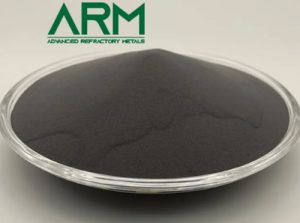
Further reading: Unlocking the Potential of Ta10W Powders
Key Properties
- High Corrosion Resistance:
Tantalum tungsten alloys are highly resistant to corrosion, particularly in acidic environments such as hydrochloric acid, sulfuric acid, and phosphoric acid. This makes them valuable in chemical processing industries. - Thermal Stability:
The alloy can withstand extreme temperatures without losing structural integrity. Its high melting point, approaching that of tungsten, makes it ideal for aerospace and defense applications. - Strength and Hardness:
Tungsten improves the hardness and strength of tantalum, enabling the alloy to endure mechanical stress and abrasive conditions. - Biocompatibility:
Like pure tantalum, tantalum tungsten alloys are biocompatible, making them suitable for medical implants and surgical instruments. - Machinability:
While harder than pure tantalum, these alloys are still relatively ductile and can be machined or formed using specialized techniques.
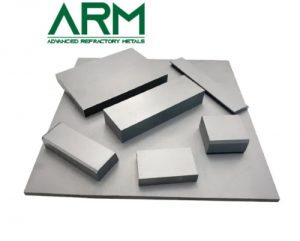
Manufacturing Processes
- Powder Metallurgy:
Tantalum and tungsten powders are blended and sintered under high pressure and temperature. This method ensures uniform distribution of tungsten within the tantalum matrix. - Vacuum Arc Melting (VAM):
In this process, the metals are melted in a vacuum to prevent contamination and achieve a high-purity alloy. - Additive Manufacturing:
Advanced 3D printing techniques, such as selective laser melting (SLM), are increasingly used to produce complex geometries of tantalum tungsten alloys. - Forging and Machining:
After initial manufacturing, the alloy can be forged or machined into desired shapes, with techniques tailored to its hardness and toughness.
Applications and Uses
1. Aerospace and Defense
Tantalum tungsten alloys are used in components like rocket nozzles, heat shields, and high-temperature structural parts. Their ability to withstand intense heat and pressure makes them indispensable in aerospace and defense industries.
2. Chemical Processing
In chemical plants, the alloy is used for heat exchangers, reactor linings, and piping systems. Its resistance to aggressive acids ensures longevity in corrosive environments.
3. Medical Technology
Tantalum tungsten alloys are used in surgical implants, dental tools, and imaging devices. Their biocompatibility and corrosion resistance make them safe and reliable for long-term use inside the body.
4. Electronics
The alloy finds applications in capacitors, thin-film coatings, and other electronic components due to its excellent electrical conductivity and resistance to oxidation.
5. Energy and Nuclear
In nuclear reactors, tantalum tungsten alloys are used for structural components exposed to high radiation and temperatures. Their stability under extreme conditions ensures operational safety and efficiency.
6. Tooling and Wear-Resistant Applications
Tantalum tungsten alloys are employed in tooling and machining operations where wear resistance and toughness are critical, such as in cutting tools and molds.
Advantages and Benefits
- Long Service Life: The alloy’s combination of corrosion resistance and mechanical strength ensures durability in harsh environments.
- High Reliability: Its ability to maintain performance under extreme temperatures and pressures makes it highly reliable for critical applications.
- Versatility: With applications ranging from medical devices to aerospace components, tantalum tungsten alloys cater to a wide range of industries.
Challenges and Limitations
- Cost: Tantalum and tungsten are expensive materials, and their alloys can be cost-prohibitive for some applications.
- Machining Difficulty: Although machinable, the alloy requires specialized equipment and expertise due to its hardness and toughness.
- Limited Availability: The extraction and refinement of tantalum and tungsten are limited to a few regions, making the alloy susceptible to supply chain disruptions.
Conclusion
Tantalum tungsten alloy is a material of choice for demanding applications that require strength, corrosion resistance, and thermal stability. Its use in aerospace, defense, medical, and chemical industries highlights its versatility and importance in modern technology. Despite challenges in cost and availability, tantalum tungsten alloys continue to push the boundaries of material science, paving the way for advanced solutions in extreme environments. For more metal products, please check Advanced Refractory Metals (ARM).
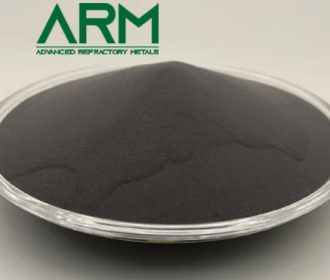
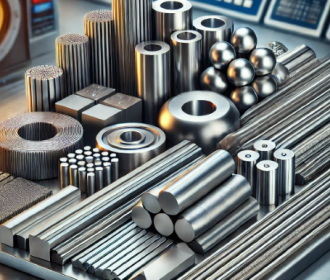
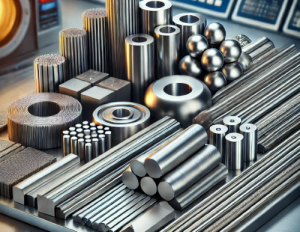
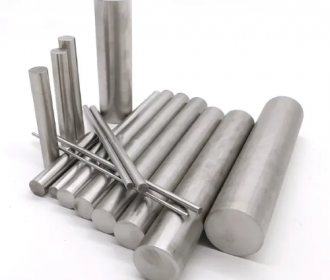
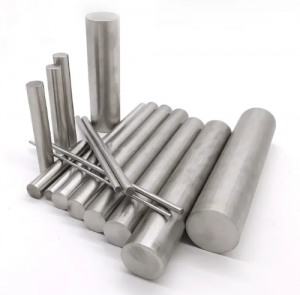
Recent Comments